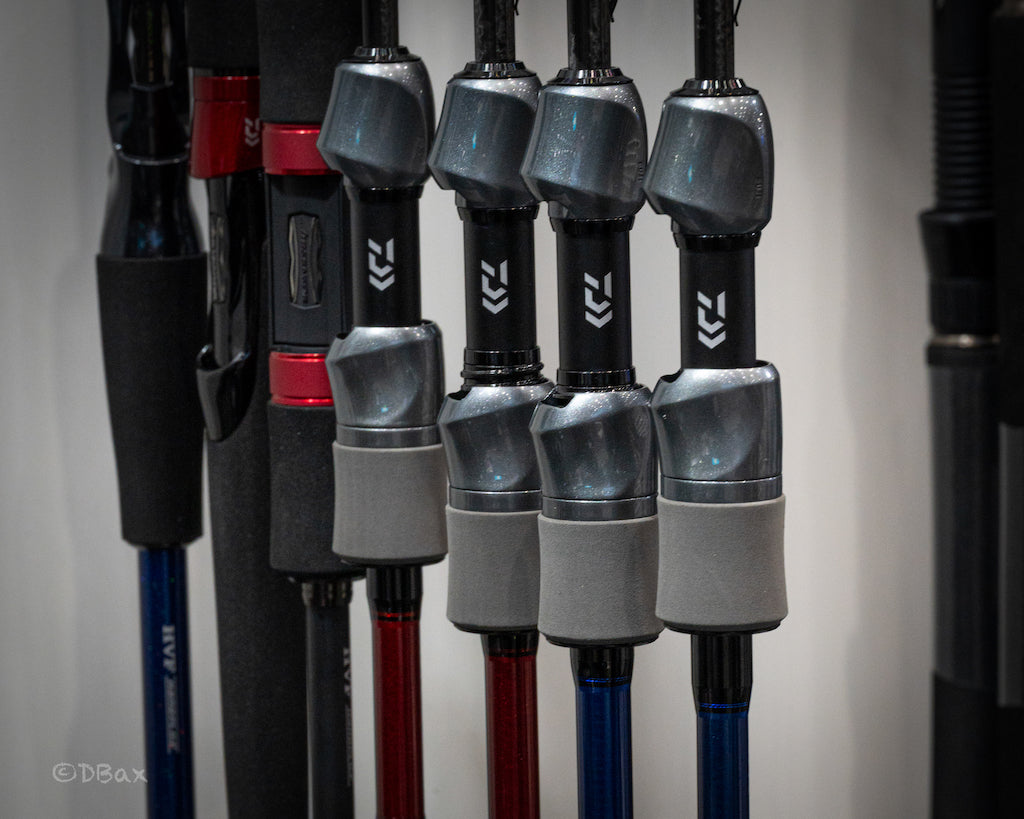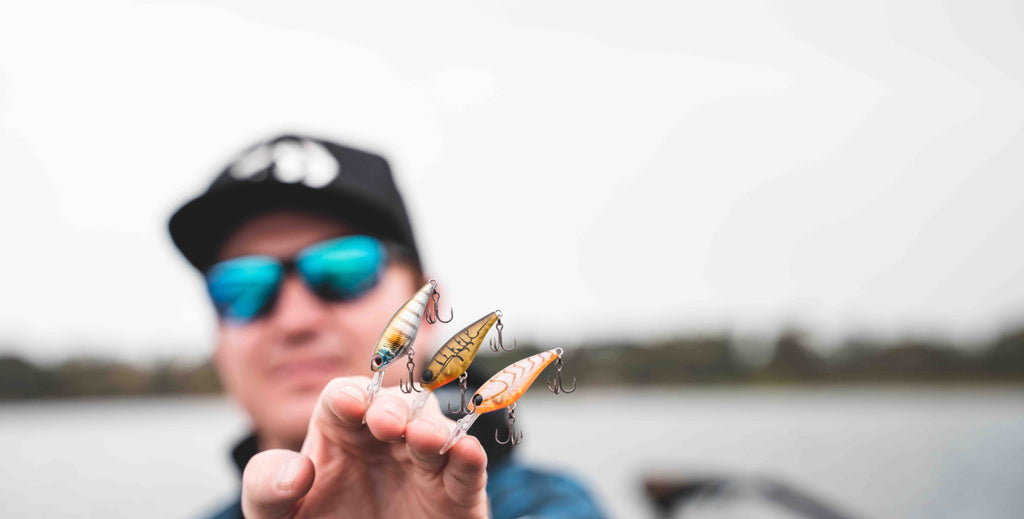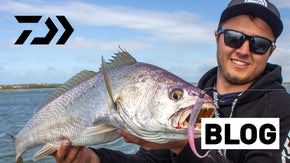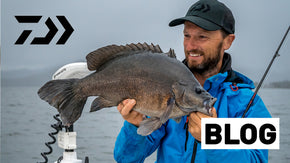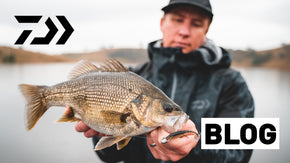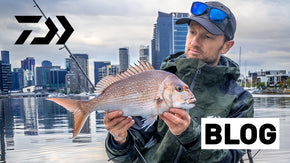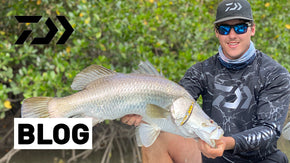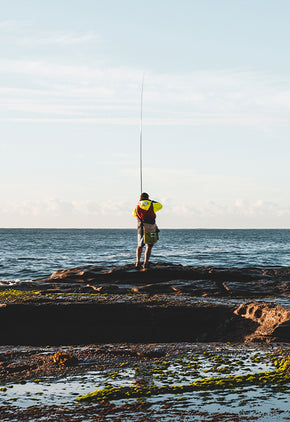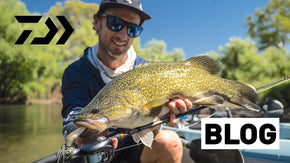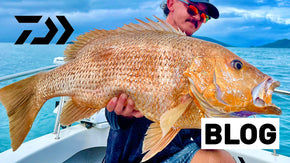Posted 16th February 2024
How to catch spangled emperor
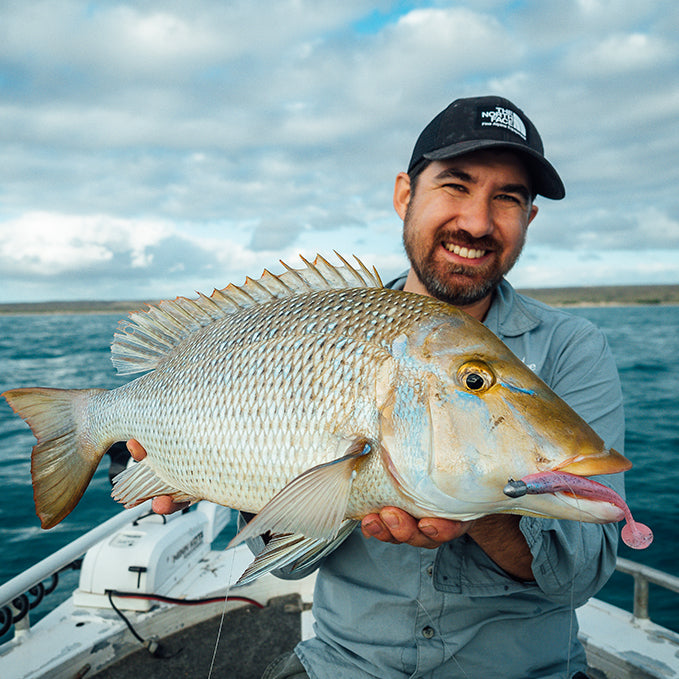
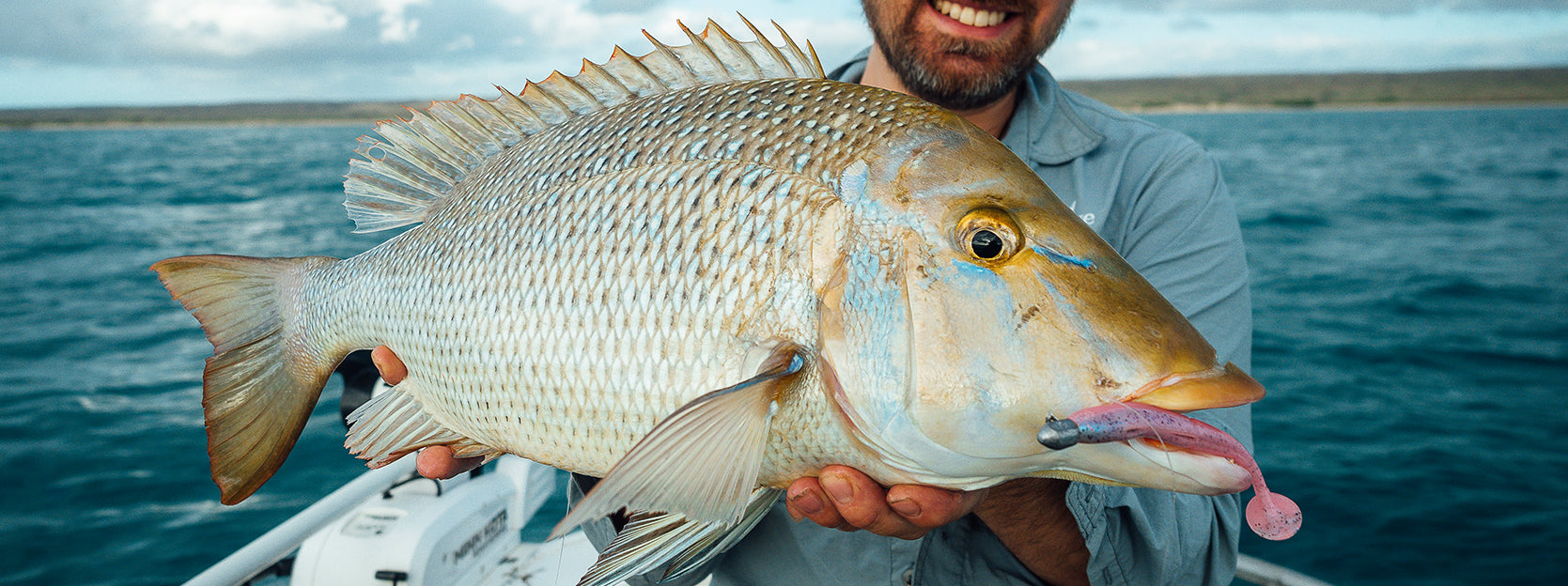
By Robert Thornton
Australians are blessed to have such an abundance of amazing fishing opportunities right on their doorstep, and many would argue our expansive tropical reefs and the fish that live in them are a highlight. These lush environments are home to literally thousands of marine species, and one of the most commonly encountered by anglers is the spangled emperor.
Often overlooked in favour of other highly sought-after reef fish, these stunning looking critters offer a lot to both the sporting and fish-harvesting angler. What’s more, relatively little is known about them scientifically, so a session spent targeting them can be incredibly enlightening if you’re that way inclined.
With so many positive attributes it’s a little strange that they aren’t held in higher regard by Aussie anglers, but that may be more a reflection on our fishing community than the fish themselves. They’re a great species that can be found around about 60-70% of our coastline, so if you haven’t caught one before it’s worth chucking them on the bucket list!
Anyway, let’s take a look at what we do know about these fantastic animals.
The spangled empire
Spangled emperor, spangos, north-west snapper, yellow sweetlip or whatever you want to call them are a member of the family Lethrinidae, which comprises emperors and similar coral fin-fish from around the world. Spanglies themselves have a distribution ranging well outside our international waters, with this species found throughout the Indo-West Pacific region in places such as East Africa, the Persian Gulf, the Red Sea, Japan, Indonesia and the South Sea Islands like New Caledonia and the Solomons. The maximum size across their range seems to be about 80-90cm and approximately 10kg.
In Australia they are found on coral reefs from around Perth in the west, across the top of Australia and down the East Coast to about Sydney. Such a vast distribution means their preferred habitat, behaviours and even their growth rates and life expectancy can vary from place to place. There are attributes that are common to all spangled emperor populations, however, namely their preference for structure and warm water, plus their willingness to eat lures and baits.
Spawning is where the confusion starts with these fish. It’s thought that spanglies spawn in open water around certain tide and moon phases, where the eggs drift on ocean currents before hatching. Because research is usually state-based, the research that has been done leaves many gaps, particularly in places where fisheries science isn’t as well funded.
Currently the consensus is that northern populations in Australia spawn throughout the year, while in the south most reproduction seems to happen between May and October. It’s also not clear whether these fish change sex when they reach a certain size or if they are born as separate sexes, but data indicates that it could be both!

How to catch spangled emperor
Given that these fish can be found in environments ranging from fringing coral reefs and mangrove lagoons in under a metre of water to offshore wrecks in over 200m, there are a variety of known methods for catching them. In this section we’ll look at a handful of these methods, as well as the environments and geographic areas they are known to work in.
Bottom bashing
Bottom bashing with a trusty paternoster rig is possibly one of the most effective ways to nail a spango across their range. A strip of fish flesh, squid, shellfish organs, crab pieces and even prawn will suffice as bait, as these fish have evolved to eat a wide variety of forage that occurs naturally over coral reefs.
This method works best when fishing over coral reefs in around 15m or deeper, and it’s just a matter of finding an area where fish are holding (usually with the use of a sounder) and dropping the paternoster down to them.
Rods around 6ft or shorter are preferred when fishing vertically, and for bottom bashing you’ll want a relatively soft fibreglass or composite blank allows just enough ‘give’ for the spanglies to suck in the bait before you set the hook. Monofilament lines are traditional in bottom bashing, and provide another layer of shock absorbance, however in recent years some have taken up using braided lines, as they are thinner and easier to fish at depth. Braided lines do not stretch, however, and therefore don’t offer the same abrasion resistance, which can be critical if fishing around jagged structure like coral, rock or artificial reef.
A Beefstick Z 601HS and BG 5000 rod/reel combo spooled with 20lb mono or 40lb braid is an ideal all round bottom bashing set up for these fish, as well as many other reef species. Tough yet inexpensive in construction, these tools will survive heavy-handed treatment aboard a boat as bounces around on the ocean.
On the end of the rig you’ll need a sinker heavy enough to find bottom in whatever current there is, one or more good quality bait hooks in the 2/0-5/0 range, a hard-wearing trace of 40-60lb, all connected to your mainline via a sturdy swivel.
Floatlining
While this is a technique virtually synonymous with snapper, it can be hugely effective on spangled emperor as well, especially if they’re feeding off the bottom or are a little bit skittish and flighty. Floatlining is often done in the same places that anglers bottom bash in, and quite often a crew will run both bottom bashing and floatlining rigs simultaneously to hedge their bets!
Floatlining involves the use of mono, a baited hook, and a ball sinker that sits just above the hook. The idea is for the bait to drift down through the water column slowly, and therefore sinkers should be kept light. Monofilament lines generally float and will help to slow the sink rate. The technique is quite simple, at least in theory.
Overhead style set-ups are preferred when floatlining, as they allow the angler to feed line freely to the bait as it sinks slowly while also staying in direct contact with it. Once a bite is detected, the reel can be engaged and the fight is on!
Having good quality overhead tackle makes a huge difference with this technique, as it’s all about being able to feel what’s happening on the end of the rig as line runs off the reel with no resistance. The Saltist Overhead is a reel that will allow you to do just that, and if floatlining is ideally spooled with 20-30lb mono. The Saltist range of overhead rods pair beautifully with these reels, and together will make a deadly weapon if floatlining is your game.

Luring the deep
Lure fishing is also highly effective on these fish, with these generalist foragers willing to have a go at a range of artificial presentations.
Slow jigging is one way to target spanglies when they’re sitting in depths greater than about 15m or so. Fishing vertically in shallower water can be difficult because these alert critters can be put off by the boat, but 15m seems to be a comfortable depth to start targeting them in this way. Slow jigging generally involves the use of specific rods, which are short but powerful, with a tip action that brings the jigs to life. Jigging rods can be spin or overhead, with Daiwa’s jigging-specific Spartan SJ series available in both. For reels, the Lexa TW and Saltist MQ work well for overhead and spin respectively.
As for jigs, standard slow-pitch style jigs are effective, with 40-100g models suitable depending on the depth you’re fishing. For something different, Daiwa’s Kohga Bayrubber jigs (available in different colours and weights) offer a more natural jigging presentation, and are dynamite on big spanglies in the deep.
Soft plastics are another key lure for these fish when they’re hanging deep. For this, any medium-heavy or heavy spin combo with at least 30lb braid and 40lb leader is a good place to start. Not all the spanglies you hook will truly test this sort of gear, however when fishing over deeper reefs there’s no knowing what might jump on next, so it pays to give yourself a fighting chance from the jump.
Many soft plastics will catch the attention of these fish, but if I had to pick one to fish with over any given reef system it’d be the Bait Junkie 5” Jerkshad. These plastics will find the bottom nice and quickly in deeper water, however when worked will dart around enticingly. Additionally, they have an irresistible wobble on the straight retrieve. A 1, 1.5 or 2oz jighead should be suitable for most situations. The heavy-wire model jigheads are essential, as spangled emperor have strong jaws that can completely mangle lighter gauge jigheads and hooks.

Luring the shallows
In places with expanses of fringing reef these fish will venture into very shallow water, sometimes as skinny as a metre or so! When spangles get into really shallow water it’s usually only for one reason, and that reason is food!
Lures are your best friend in this scenario, and generally large offerings are the way to go. Any fish that is willing to risk its own safety in the shallows for food usually won’t turn down a decent sized meal if it swims past, so don’t be afraid to go big! West Australia’s Exmouth region is an area known for producing big spanglies over fringing reef, and local anglers like throwing large topwater lures and sinking stickbaits for these fish. Large soft plastics, hardbodies and even flies will also work in these areas.
If throwing big topwater lures and other hard baits is something you want to try, Daiwa’s range of Demon Blood spin rods, especially any of the medium heavy models, are ideal for shallow water luring. Any decent spin reel loaded with 30-50lb braid (PE2-5) will do the job, just bear in mind that in the shallows dirty fighters like spanglies only have a short distance to go before you’re in trouble, so going heavier rather than lighter isn’t a bad idea. It’s also worth noting that many other predators share this territory with spangled emperor, some of which are bigger, angrier and dirtier, so make sure you come prepared!
Colour me spangled
This unsung hero of the reef has a lot of offer anglers, whether they’re after a new challenge, a gourmet meal, or just some good, honest fun. If you haven’t crossed paths with these fish yet it might be worth thinking about your local areas and where the resident spanglies might be hanging out. If you live north of Sydney or Perth, chances are you won’t have to travel far!


 Contact Us
Contact Us Blog
Blog About
About
